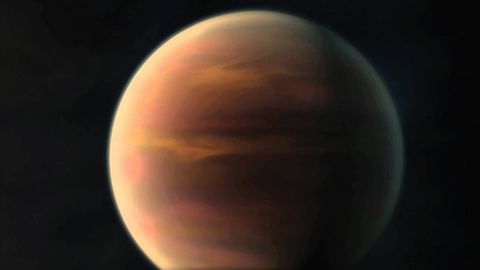尋找觸手可及的另一個地球 (Finding Another Earth Within Reach)
Wonderful 發佈於 2021 年 01 月 14 日  沒有此條件下的單字
沒有此條件下的單字US /ˈplænɪt/
・
UK /'plænɪt/
- n. (c./u.)行星 ; 運星 ; 地球;(比喻)世界;(占星術)行星
- prop. n.地球
US /ˈdʒaɪənt/
・
UK /'dʒaɪənt/
- v.t.點燃;用燈光指引
- adj.亮的;亮;輕的;輕鬆的
- n. (c./u.)光線;理解;光;燈;交通號誌;神色
- adv.輕裝地

